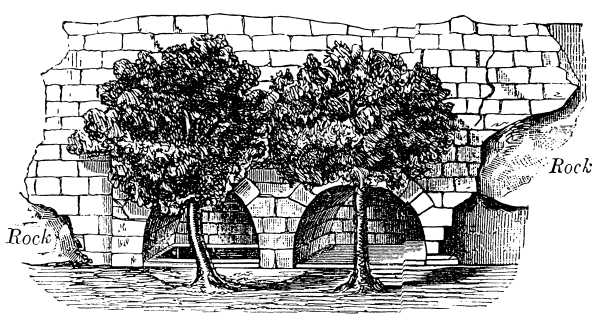Rising Again
Hi-tech Tools Reconstruct Umm el-Kanatir

In the rugged hills of the south-central Golan, a monumental ancient synagogue is rising again—literally.
Its original name is lost. The Arabic name it bears today, Umm el-Kanatir (“the mother of the arches”), derives from the three beautiful stone arches built over nearby pools that capture the flow of a perennial spring.
Erected during the Byzantine period (fourth–seventh centuries C.E.), the Umm el-Kanatir synagogue first came to Western notice in a report in the 1880s by Sir Laurence Oliphant, in the description of his discoveries on the same Golan expedition with his artist-wife, Lady Alice, during which he visited Deir Aziz (another ancient synagogue, discussed in the article).

Umm el-Kanatir makes a peculiar claim. It is almost totally collapsed; yet it can fairly be called one of the “best-preserved” ancient synagogues: Almost all the pieces are right there at the site. The standing elements include the doorway, the Torah shrine (where the Torah scrolls were stored) and three incomplete courses of stones from its outer walls. Otherwise, the synagogue exists as a jumbled heap of basalt ashlars and architectural fragments.
Already a library member? Log in here.
Institution user? Log in with your IP address.

